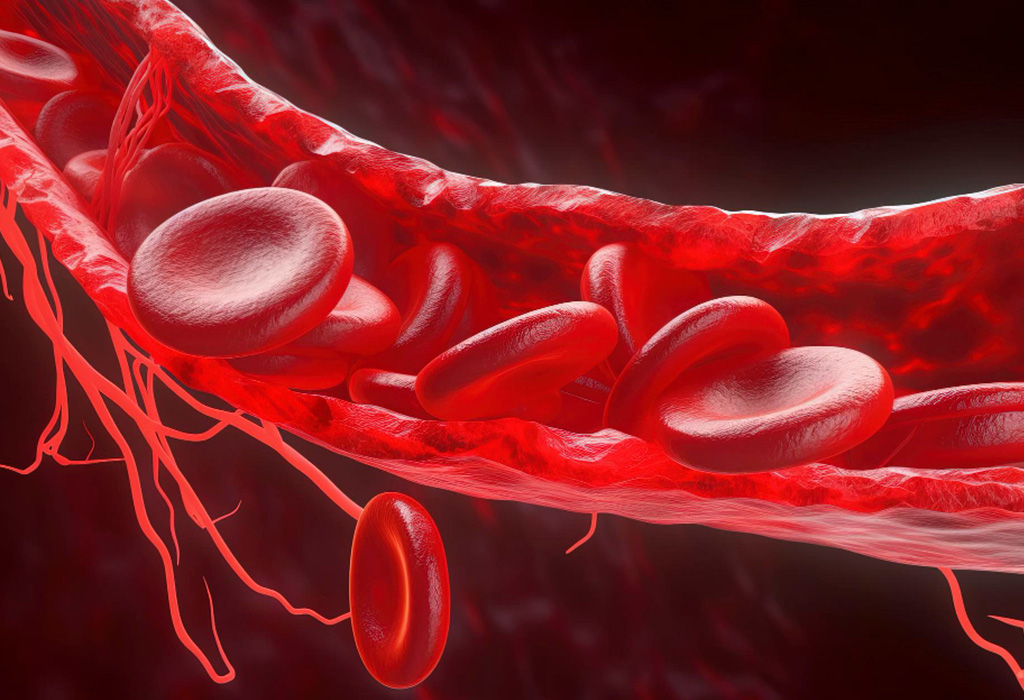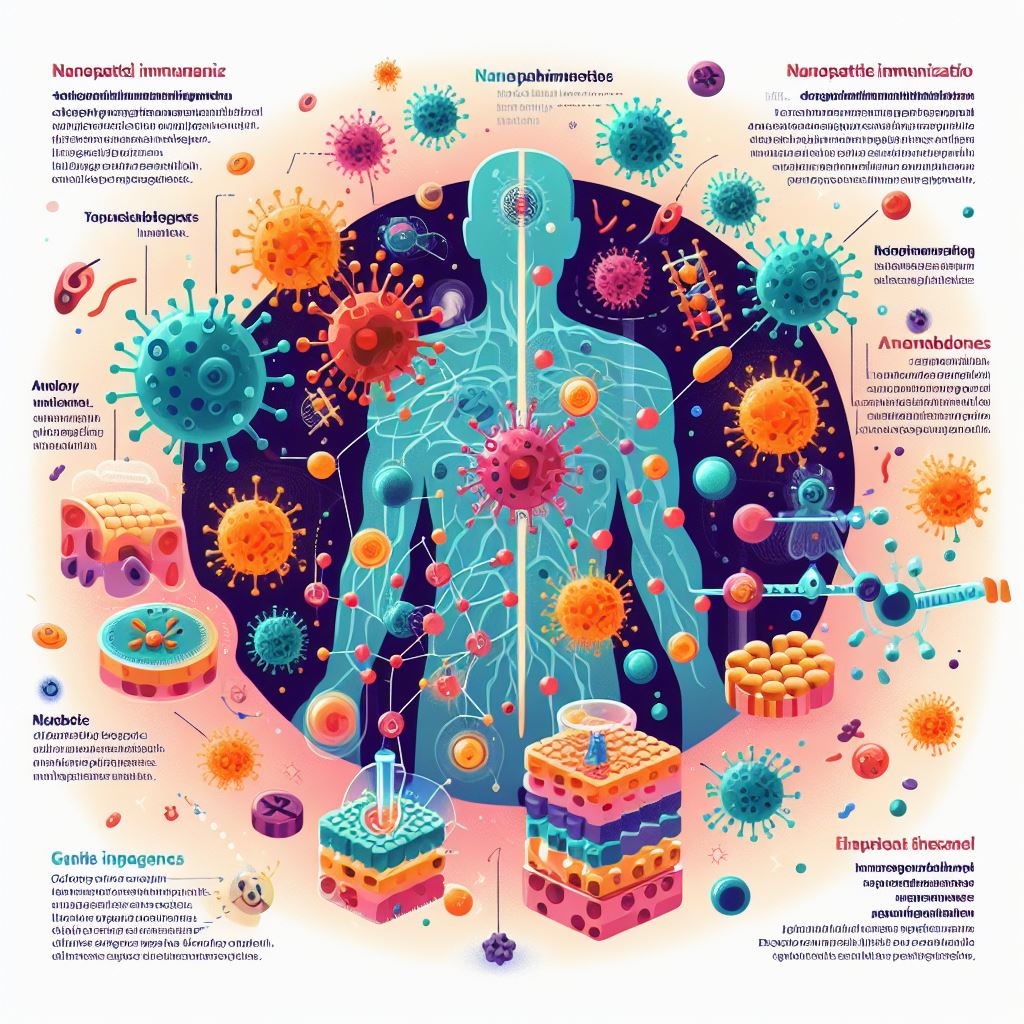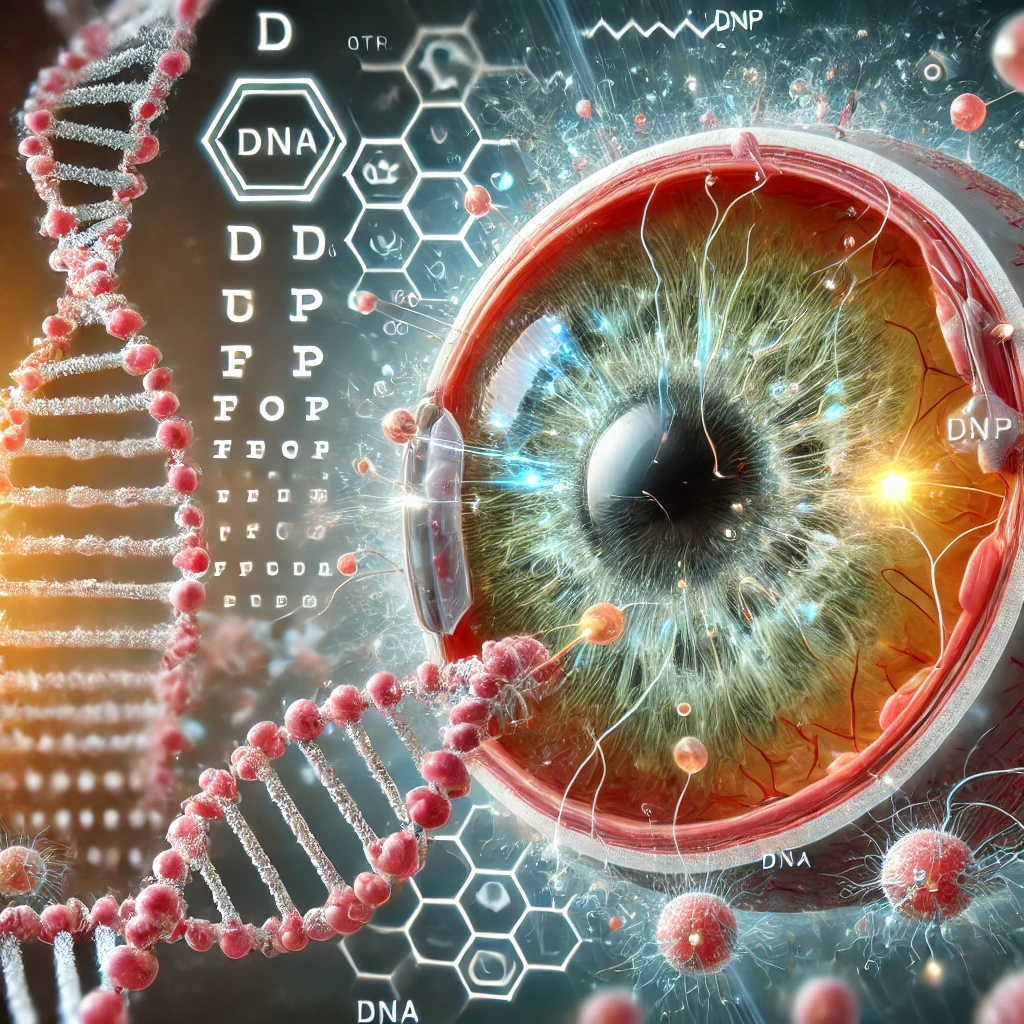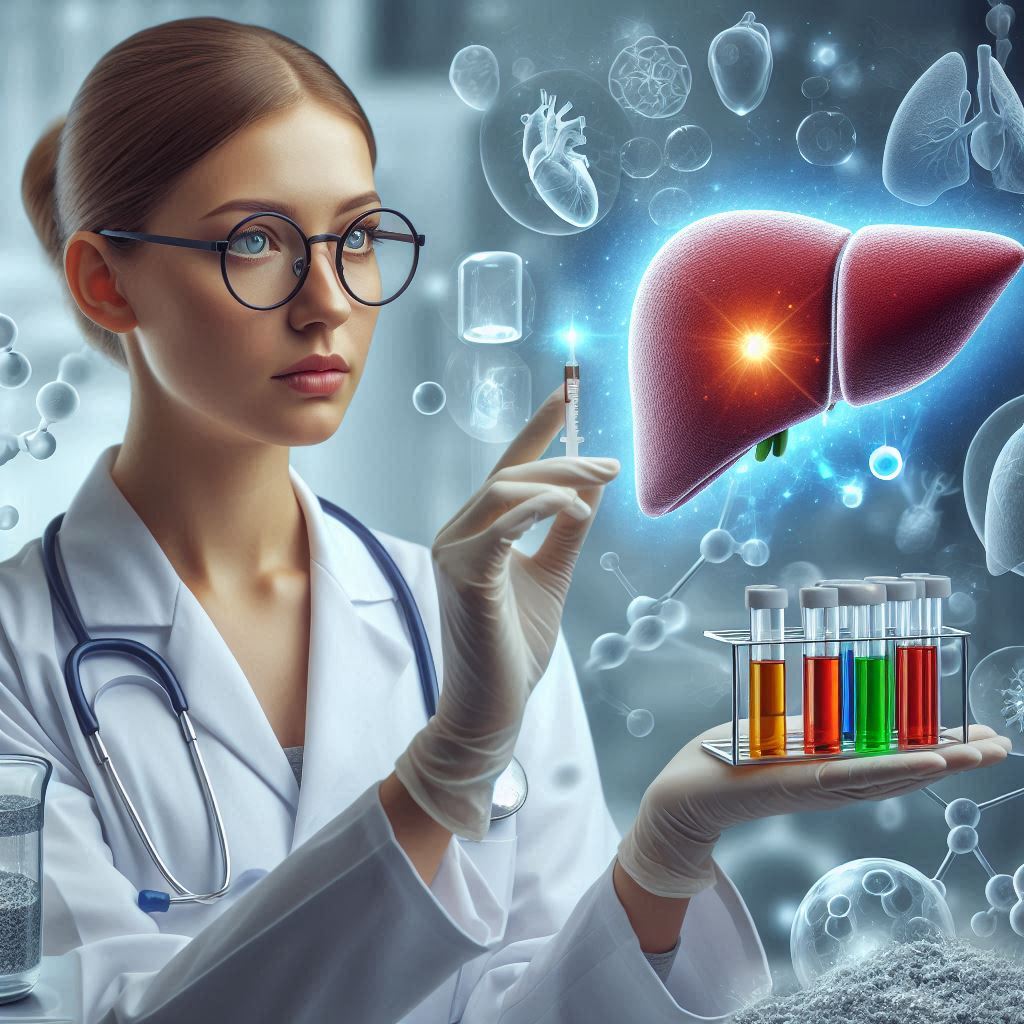For individuals with sickle cell disease who have repeated vaso-occlusive crises and are 12 years of age or older, the cell-based gene therapy casgevy is licenced. The first treatment using CRISPR/Cas9, a kind of genome editing technology, to receive FDA approval is called Casgevy. Hematopoietic (blood) stem cells from patients are altered by CRISPR/Cas9 genome editing.
Targeted DNA snipping with CRISPR/Cas9 allows precise editing (removal, insertion, or replacement) of the targeted DNA. Reimplanted into the patient, the altered blood stem cells engraft (attach and multiply) in the bone marrow to boost the synthesis of foetal haemoglobin (HbF), a form of haemoglobin that helps carry oxygen. In patients with sickle cell disease, increased levels of HbF prevent the sickling of red blood cells.
Lyfgenia is a cell-based gene therapy. Lyfgenia is licenced for the treatment of sickle cell disease individuals 12 years of age and older with a history of vaso-occlusive episodes. It modifies genetic material using a lentiviral vector, a gene delivery vehicle. In the case of Lyfgenia, the patient’s blood stem cells undergo genetic modification to provide HbAT87Q, a haemoglobin created from gene therapy that works similarly to haemoglobin A, the typical adult haemoglobin produced in people without sickle cell disease. HbAT87Q-containing red blood cells are less likely to sickle and obstruct blood flow. The patient is subsequently given these altered stem cells.
Both products are made from the patients’ own blood stem cells, which are modified, and are given back as a one-time, single-dose infusion as part of a hematopoietic (blood) stem cell transplant. . A patient’s own stem cells must be extracted prior to treatment, and high-dose chemotherapy known as myeloablative conditioning is required to eliminate bone marrow cells and replace them with the altered cells seen in Casgevy and Lyfgenia. A long-term research will monitor patients who got Lyfgenia or Casgevy to assess the efficacy and safety of each medication.





